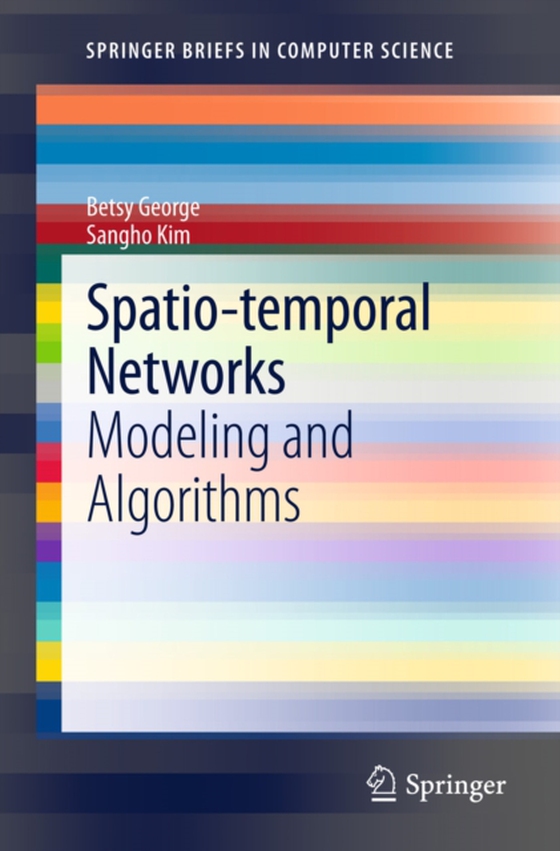
Spatio-temporal Networks e-bog
436,85 DKK
(inkl. moms 546,06 DKK)
Spatio-temporal networks (STN)are spatial networks whose topology and/or attributes change with time. These are encountered in many critical areas of everyday life such as transportation networks, electric power distribution grids, and social networks of mobile users. STN modeling and computations raise significant challenges. The model must meet the conflicting requirements of simplicity and a...
E-bog
436,85 DKK
Forlag
Springer
Udgivet
5 september 2012
Genrer
PBV
Sprog
English
Format
pdf
Beskyttelse
LCP
ISBN
9781461449188
Spatio-temporal networks (STN)are spatial networks whose topology and/or attributes change with time. These are encountered in many critical areas of everyday life such as transportation networks, electric power distribution grids, and social networks of mobile users. STN modeling and computations raise significant challenges. The model must meet the conflicting requirements of simplicity and adequate support for efficient algorithms. Another challenge is to address the change in the semantics of common graph operations, such as, shortest path computation assuming different semantics, or when temporal dimension is added. Also paradigms (e.g. dynamic programming) used in algorithm design may be ineffective since their assumptions (e.g. stationary ranking of candidates) may be violated by the dynamic nature of STNs. In recent years, STNs have attracted attention in research. New representations have been proposed along with algorithms to perform key STN operations, while accounting for their time dependence. Designing a STN database would require the development of data models, query languages, and indexing methods to efficiently represent, query, store, and manage time-variant properties of the network. The purpose of Spatio-temporal Networks: Modeling and Algorithms is to explore this design at the conceptual, logical, and physical level. Models used to represent STNs are explored and analyzed. STN operations, with an emphasis on their altered semantics with the addition of temporal dimension, are also addressed.
 Dansk
Dansk

